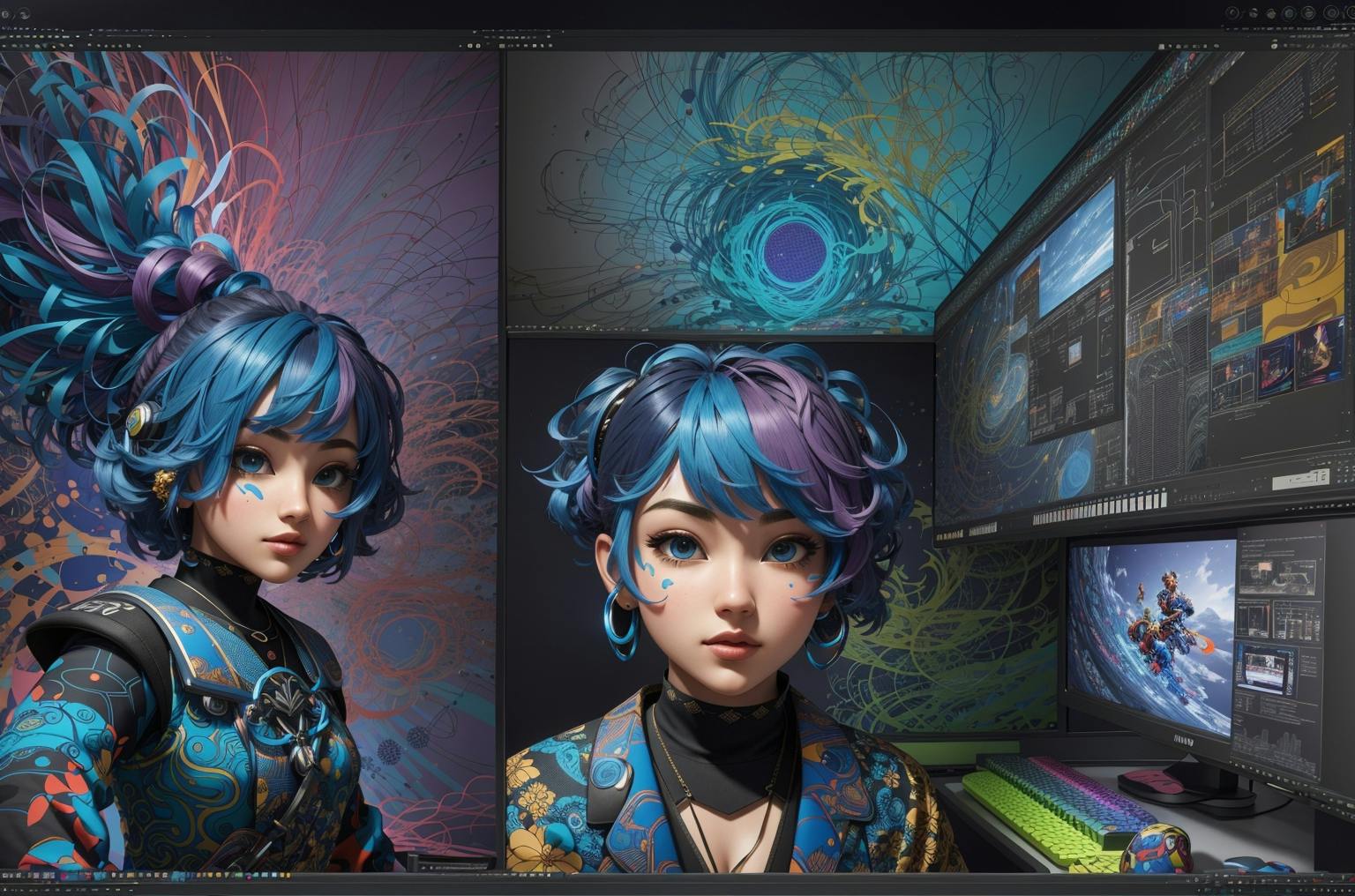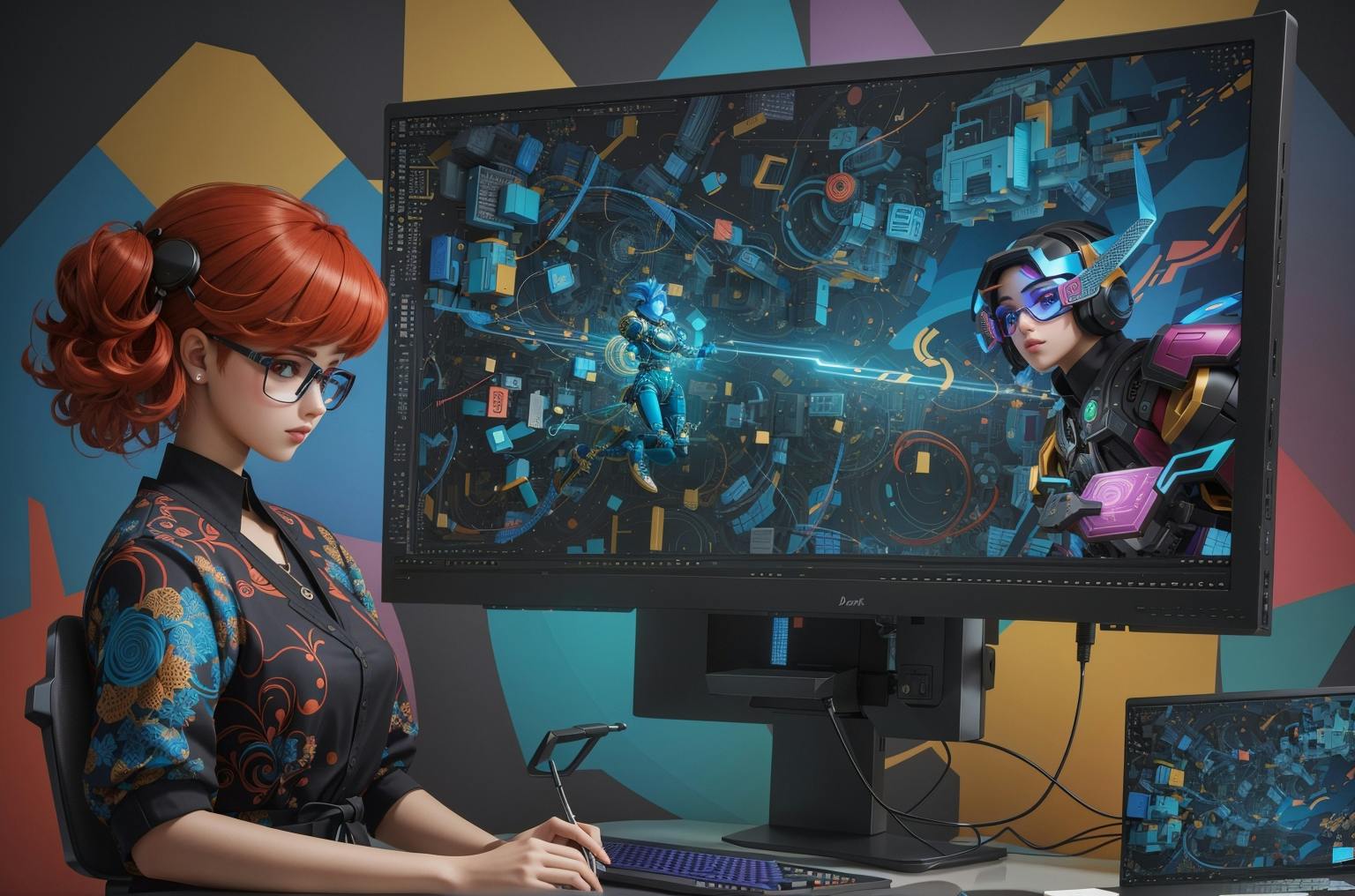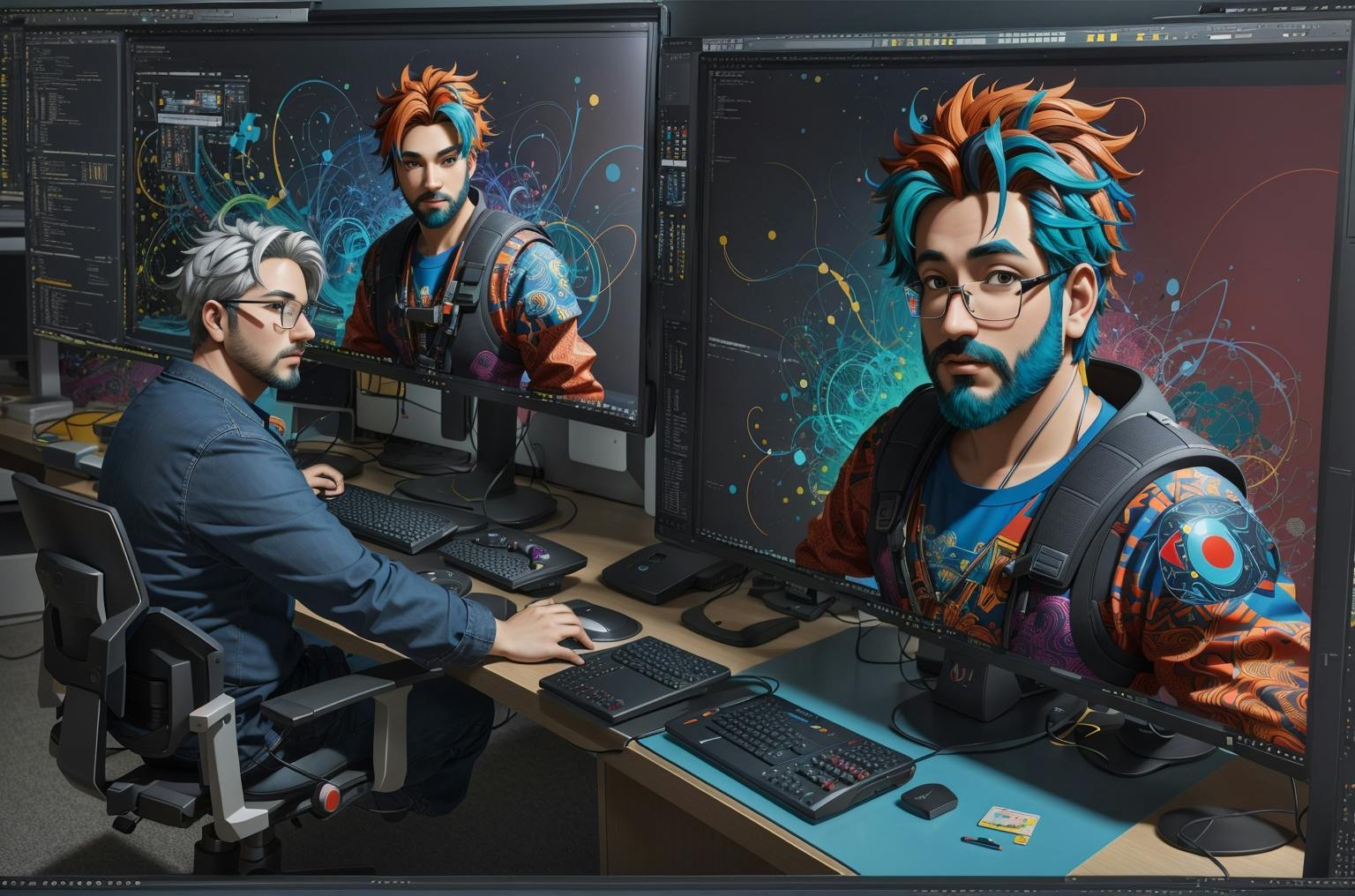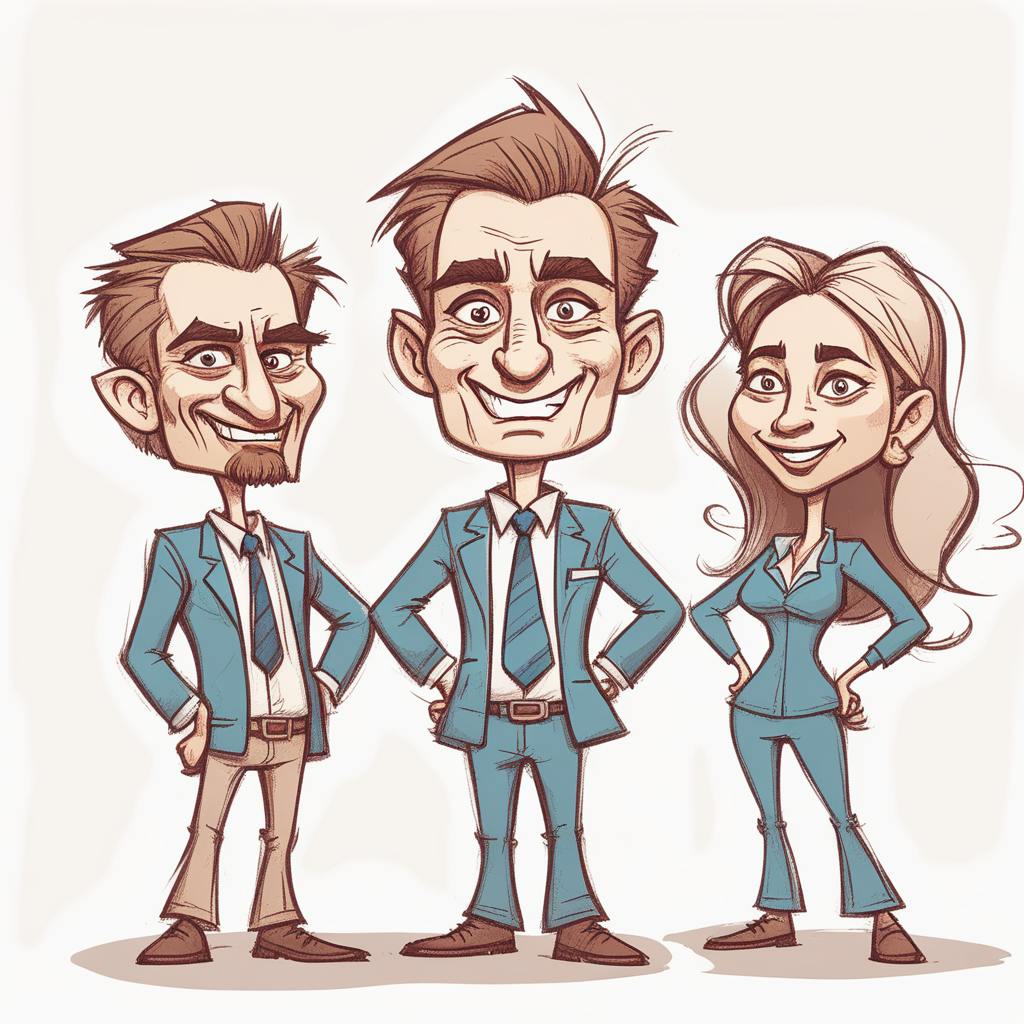In the rapidly expanding animation and gaming market, mastering 3D animation has become a crucial skill for aspiring game designers. This article explores how to use 3D animation to land game design jobs and thrive in this competitive industry.
The Rise of 3D Animation in Game Design
The gaming industry has undergone a dramatic transformation, with 3D animation playing an increasingly central role. According to recent market research, the global gaming market is projected to reach $256.97 billion by 2025, creating numerous opportunities for 3D game designers and animation designers for hire.

Artwork generated with prompt workflow by Dré Labre
Essential Skills for the Modern 3D Animation Designer
To succeed as a 3D animation designer in game design, you need to develop a diverse skill set:
- Mastery of 3D Animation Software: Proficiency in tools like Maya, Blender, and 3ds Max is essential for any 3D game designer.
- Understanding of Game Engines: Familiarity with popular game engines like Unreal Engine and Unity is crucial for integrating your 3D animations into game environments.
- Strong Artistic Foundation: A solid grasp of art fundamentals is vital for creating compelling characters and environments.
- Storytelling and Cinematography: The ability to use animation to convey narrative can set you apart in the job market.
- Collaborative Skills: Game development is a team effort, making collaboration crucial for success.
How to Use 3D Animation to Land Game Design Jobs: A Case Study
Sarah Chen's journey from a freelance 3D animation designer to a lead game artist illustrates how to use 3D animation skills to secure game design jobs.
Sarah began her career taking on various animation projects to build her portfolio. She focused on developing a strong foundation in Maya and Blender, creating character animations and environmental designs optimized for game engines. Her breakthrough came when she collaborated on an indie game project, showcasing her ability to create visually striking characters that performed well within game engines.
This experience led to her first full-time role as a junior game artist. Sarah continued to expand her skill set, learning Unity and Unreal Engine, which eventually led to her current position as a lead game artist at a major studio.

Artwork generated with prompt workflow by Dré Labre
Strategies for Using 3D Animation to Land Game Design Jobs
- Build a Stellar Portfolio: Showcase your best 3D animation work that demonstrates your technical skills and creative vision.
- Specialize, but Stay Versatile: While it's good to have a specialty, having a range of 3D animation skills can make you more attractive to potential employers.
- Network and Collaborate: Attend industry events and participate in online forums. Many opportunities in game design come through connections.
- Stay Current with Technology: The tools and techniques in 3D animation and game design are always evolving. Continuous learning is key.
- Gain Experience Through Freelance Work: Consider starting as a game design freelance professional or animation designer for hire to build your portfolio and industry connections.
- Understand the Gaming Industry: Familiarize yourself with current trends and popular game styles to align your 3D animation skills with market demands.
Conclusion: Your Path to Success in Game Design
The journey to becoming a successful 3D game designer is both challenging and rewarding. By focusing on how to use 3D animation to land game design jobs, you're positioning yourself at the forefront of an exciting and rapidly evolving industry. Remember, the animation and gaming market is constantly expanding, creating new opportunities for skilled 3D animation designers.
Whether you're starting as a game design freelance professional or aiming for a full-time position at a major studio, your 3D animation skills are your most valuable asset. Continually refine these skills, stay abreast of industry trends, and don't be afraid to push creative boundaries. With dedication, persistence, and a strong portfolio showcasing your 3D animation prowess, you can turn your passion for game design into a thriving career.
As you embark on this exciting path, keep in mind that every game you play, every animation you create, and every connection you make in the industry is a step toward your goal. The world of game design is waiting for fresh talent and innovative ideas – and with your 3D animation skills, you're well-equipped to make your mark in this dynamic field.
So, fire up your preferred 3D animation software, start creating, and take the first steps towards landing your dream game design job. The virtual worlds you'll help create are limited only by your imagination and the depth of your skills. Your journey in 3D game design starts now – are you ready to play?

